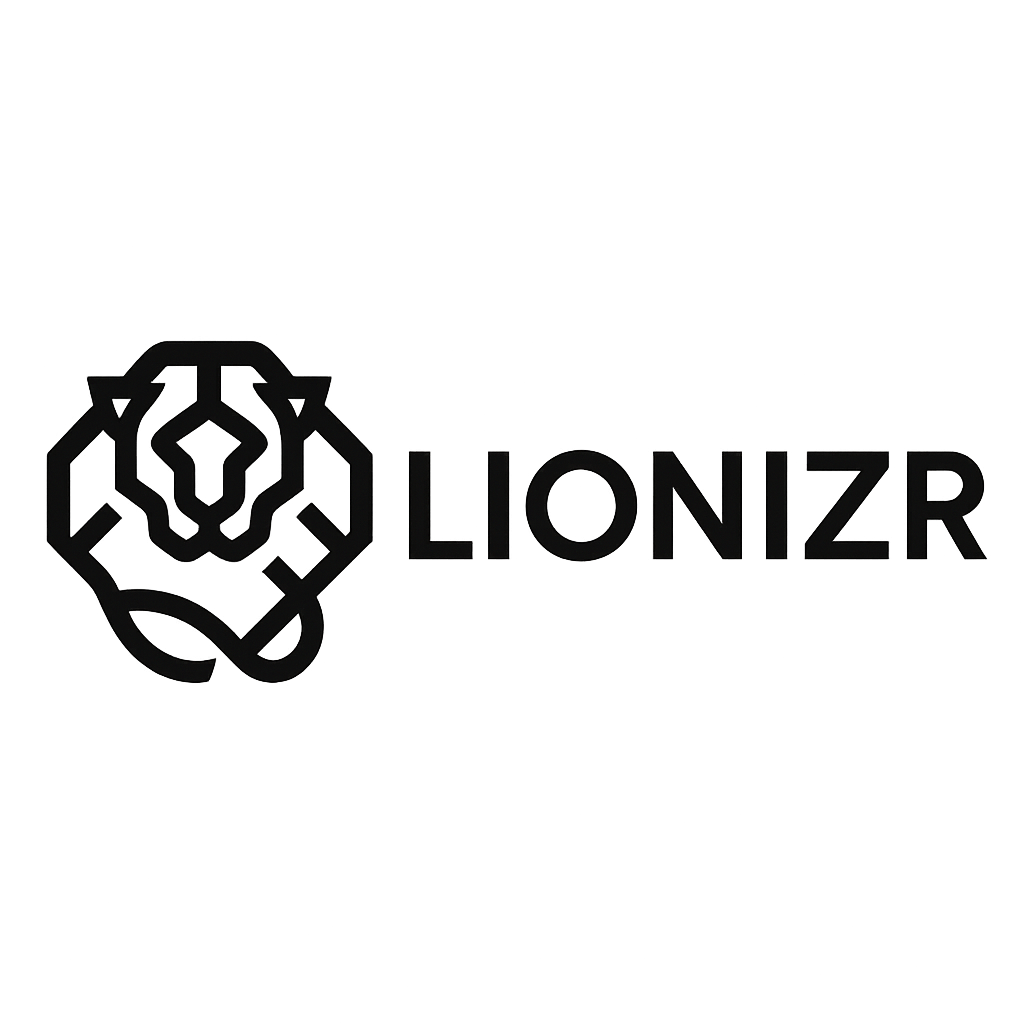Why Conversion Is So Difficult
Ask any founder or marketer what keeps them awake at night, and the answer usually isn’t traffic or awareness. It’s conversion.
You can have the best product, the biggest ad budget, or a world-class brand. But if you can’t convert interest into customers, growth stalls.
Conversion isn’t just a metric — it’s the moment when marketing either succeeds or fails. And that’s why Conversion Rate Optimisation (CRO) is one of the most important disciplines in modern marketing.
At its core, conversion is about human behaviour. You’re not fighting algorithms or competitors — you’re fighting hesitation, distraction, risk, and doubt.
Will this product really solve my problem?
Is this brand trustworthy?
Is it worth the money?
Can I get it cheaper somewhere else?
Every unanswered question is a reason not to buy. CRO is the discipline that removes friction and builds confidence at the exact moment a customer is about to make a decision.
What is CRO?
Conversion Rate Optimisation (CRO) is the systematic process of increasing the percentage of users who take a desired action, whether that’s buying a product, signing up for a trial, downloading a brochure, or booking a call.
Most people think CRO only applies to websites. In reality, CRO applies to every customer touchpoint:
Your website and landing pages
Ads and calls-to-action
Emails and nurture flows
Even checkout experiences and post-purchase journeys
Conversion is a chain — and it’s only as strong as its weakest link.
The CRO Mindset: Test, Learn, Improve
The most important thing about CRO is that it’s not a one-off project. It’s an ongoing cycle of testing, learning, and refining. Small changes can lead to outsized results, but only if you measure them properly.
Think of CRO as compound interest for marketing. Each small win adds up, creating exponential improvements over time.
Key CRO Strategies to Improve Conversion
Here’s a breakdown of where to start optimising, and why.
1. Website CRO
Your website is usually the final stop before a purchase. Optimising here delivers immediate impact.
Tactics to test:
Clear Value Propositions: Can visitors instantly understand what you do, who it’s for, and why it matters?
Simplified Navigation: Reduce clicks between landing and checkout.
Page Speed: A one-second delay can reduce conversions by up to 20%.
Trust Signals: Reviews, testimonials, guarantees, and security badges build confidence.
Optimised Mobile UX: Mobile accounts for 60–70% of traffic in most industries, yet many sites still prioritise desktop design.
A/B Testing Headlines & CTAs: A different call-to-action button can sometimes increase conversions by double digits.
2. Ad CRO
Ad spend is wasted if people click but don’t convert. The role of ads is not just to drive traffic, but to pre-sell and prime users for conversion.
Tactics to test:
Message Match: Does your ad promise align perfectly with the landing page experience?
Audience Segmentation: Tailor messaging to specific segments (first-time buyers vs returning customers).
Creative Testing: Rotate ad creatives regularly to fight fatigue.
Strong CTAs: Be direct. “Get your free trial today” outperforms “Learn more.”
Offer Testing: Discounts, bundles, or free shipping thresholds can all be tested in ad campaigns.
3. Email CRO
Email is one of the most cost-effective conversion channels — but it requires precision.
Tactics to test:
Subject Line Optimisation: If it’s not opened, it won’t convert.
Personalisation: Beyond “Hi [Name],” tailor content to behaviours (browsed product, abandoned cart).
Clear CTA: One email, one action. Don’t dilute focus.
Testing Send Times: Timing can double open rates.
Lifecycle Campaigns: Welcome flows, nurture sequences, and post-purchase upsells all need CRO attention.
4. Checkout CRO
This is where intent is highest – and drop-off is most painful.
Tactics to test:
Guest Checkout: Don’t force account creation.
Multiple Payment Options: Cards, PayPal, BNPL (Buy Now, Pay Later).
Progress Indicators: Show customers how many steps remain.
Cart Reminders: Recover abandoned carts via email or SMS.
Free Shipping Thresholds: Encourage bigger baskets.
5. Beyond the Sale: Post-Purchase CRO
Conversion doesn’t stop at the sale — it extends into retention and repeat purchase.
Tactics to test:
Thank You Pages with Offers: Upsell or cross-sell immediately.
Onboarding Emails: Educate customers on how to get value fast.
Loyalty Programs: Incentivise repeat purchases.
Referral Offers: Convert customers into advocates.
Why CRO is More Important Than Traffic
Marketers often obsess over generating more leads or clicks. But without CRO, traffic is a leaky bucket.
Imagine:
10,000 site visitors with a 1% conversion rate = 100 sales
Improve conversion to 2% = 200 sales (without spending a penny more on traffic)
CRO makes every other marketing investment more efficient. Paid ads, SEO, content, social – all deliver better ROI when conversion improves.
Common CRO Mistakes
Changing too much at once: Makes it impossible to isolate what worked.
Ignoring mobile: Where most drop-offs happen.
Relying only on intuition: CRO is about data, not opinion.
Treating CRO as a project: It’s a continuous process, not a one-time fix.
Your Takeaway
Conversion is the hardest challenge in marketing – but also the most rewarding.
CRO is about removing friction, building confidence, and aligning every touchpoint to guide customers towards action. Done well, it transforms not just websites, but entire marketing ecosystems.
If you want faster growth, don’t always look for more traffic. Start by converting more of the traffic you already have.




